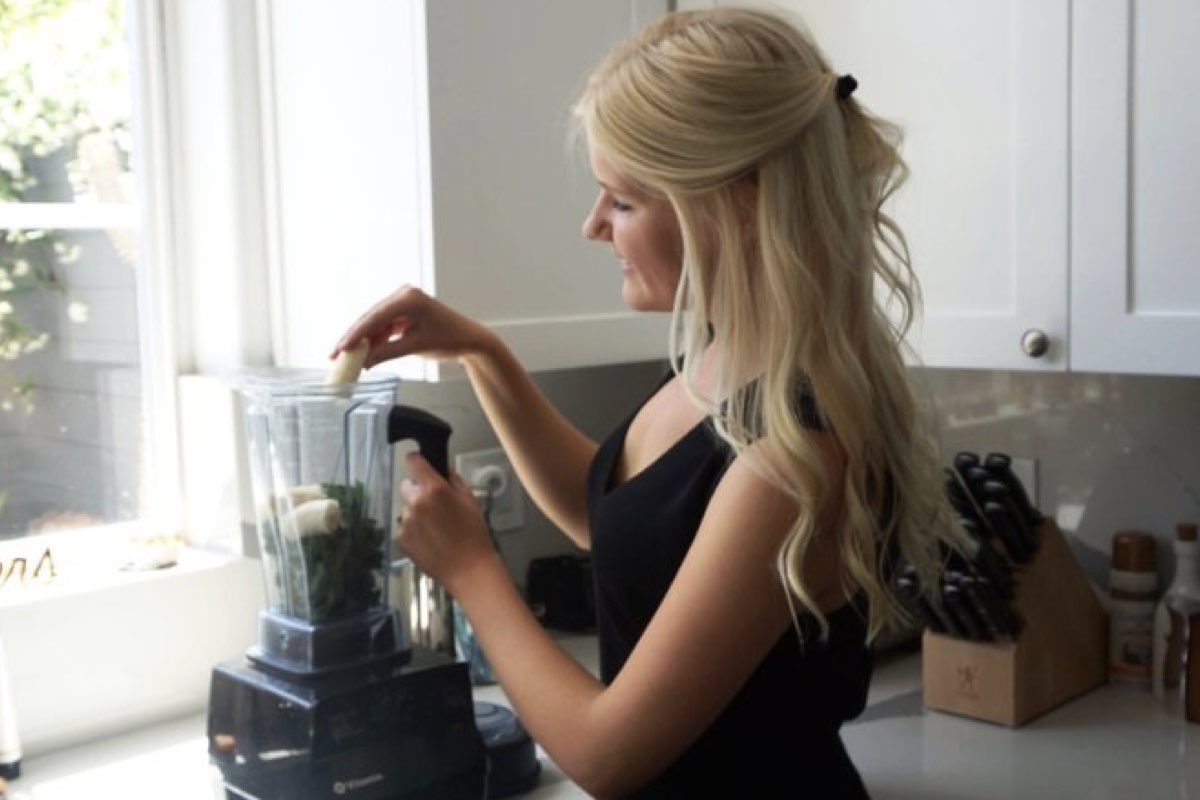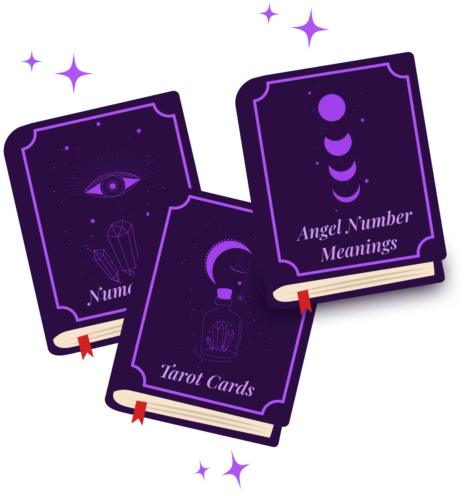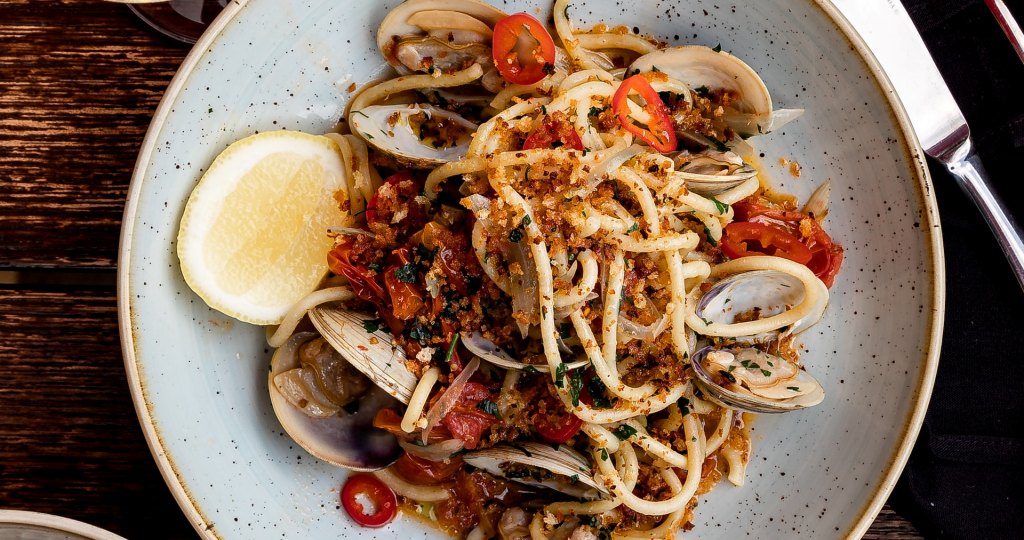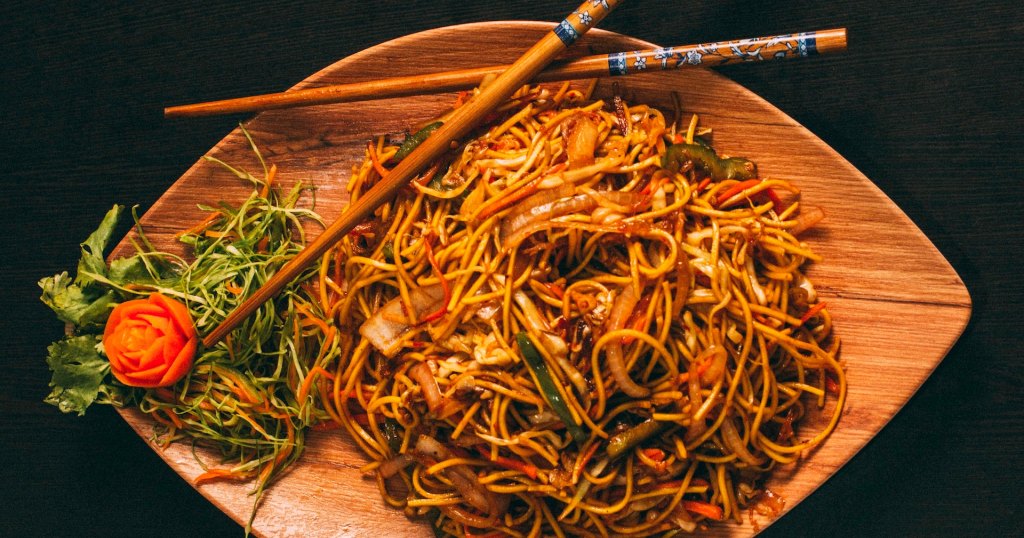Almost all “health products” we pick up at the supermarket are plastered with one or more of the following labels. Gluten-Free. Vegan. Nut Free. Soy Free. Natural. Low Calorie. Free Range. Organic. Grain Free. Basically everything besides air, so they must be good for you, right?
Wrong. I am no professional when it comes to marketing but I do see how effective it is at telling people what’s good and what’s not. The confusing and often contradictory information out there can be overwhelming.
To simplify your shopping experience (and avoid being tricked by these product companies), focus on foods without labels.
This means staying in the fruit and veg section of the store for the majority of your shop, or better yet, find a farmers market where the produce is in season. Nature gets it right every time, which is why there is no need for labels or a marketing ploy.
If you’re lacking inspiration for how to make fruit and vegetables taste delicious, be sure to look up a few plant heavy recipes before you shop and make a list, so you know what to look for before you buy.

When buying packaged food, always read the nutrition labels.
Think about dating: you’re not going to sign up for a relationship until you know what the person is all about, no matter how good looking they are! The same goes for food.
Don’t be seduced by pretty packaging. Turn the thing over and read what it’s true substance is. Always look at the nutrition facts and make sure the list of ingredients is short!
For example: I had a client trying to lose weight and we went food shopping to find the perfect granola to add to her morning smoothie bowls. She saw a pretty package labeled “grain free” – thinking it must be healthy, she slipped it into the basket. When I showed her the nutrition facts, we saw there was an astounding amount of calories in a small serving due to so many added processed oils and sugars. We picked another one with simpler ingredients and less additives and just like that she saves herself 200 calories at breakfast every morning.
We are picky with so many things in life and take careful consideration before making choices. Apply the same philosophy to what goes inside that body of yours!
Gluten-free foods aren’t always better for you.
Unless you have Celiac disease or some other medical condition that requires a gluten-free diet, avoiding gluten entirely isn’t necessary. But you should still always read ingredients and labels. If it’s gluten free but still has a list down to your toes of other fillers, it’s still a packaged and processed food. However, some gluten free alternatives may be easier to digest.
For example, regular wheat pasta can have a bloating effect on some people but when made with just rice or quinoa (gluten-free), some people find it digests better. But still remember to check your ingredients list, there should only be a handful of ingredients in pasta.
Beware of low calorie and fat free labels – they often contain sugar.
Usually if something has to be advertised as “low fat” or “fat free”, something has been altered. In many cases extra sugar or sodium has been added. Use your common sense here. If you’re buying dried mangoes and they say low fat, well duh, it’s fruit! Now you should check if there is added sugar. But if a peanut butter product is marketed as low fat (which is naturally high fat), then that’s a red flag that something processed, most likely extra sugars have been added.
The same goes for “low calorie” food. Naturally low calorie foods like vegetables don’t require labels. But if a popcorn product is marketed as low calorie, make sure you check the ingredients for any questionable fillers.

Don’t fear frozen food
Some people are scared to buy frozen veggies or fruits because they “don’t have the same nutrients” as the raw kind. But don’t let that stop you. Get the veggies in.
Canned food?
Canned beans and lentils are great and quick if you haven’t had time to soak your own beans, but canned veggies and fruits don’t have many nutrients left in them so skip on those.
Avoid processed soy
Processed soy products that contain possible GMOs (genetically modified organisms) should be avoided. Think processed meat alternatives and certain sauces. But if you’re a vegetarian and like tofu, make sure it’s organic, non-GMO and preferably sprouted tofu. Whole edamame is also great.
Wash your lettuce
First and foremost, lettuce is part of the dirty dozen meaning they get hit the most with pesticides and other food preservatives. If you can afford to do so, buy organic. Many store bought lettuces are now already pre-washed. If not, give them a quick rinse at home.
Choose your eggs carefully
“Free range” technically means that the chickens have enough range of motion to turn around, but they are still in cages. Cage free, pasture raised and organic will be your best bet. Egg shells should be naturally brown in color, the white ones have been bleached. Lastly, the yolk should be a golden rich yellow color. If you compare cheap conventional eggs (which have a light yellow color) to these better quality eggs, you will notice a big difference in color and taste!
Skimmed milk, whole or dairy free?
I am not a big dairy advocate. If you think about it, milk is baby growth fluid that is supposed to make a baby calf double in size. We are the only species that continues drinking milk after the age of two, and we drink it from a totally different species!
There is a lot of research linking dairy and cows milk to chronic ear infections, mucus, digestive upset, increased inflammation and even cancer growth.
If you must, try raw cows milk from a local health shop or farmers market which is the least processed. Or better still, find the right plant based milk for you: Almond milk. Coconut milk. Cashew milk. Oat milk. Hazelnut milk. Hemp milk. A hormone-free, creamy alternative!
Wild fish or farmed fish?
Farmed fish basically live in over crowded pools and eat their own filth. You can notice that wild caught salmon has a richer red/coral color to it while the farmed fish is barely orange and has thicker fat streaks. Some farmed fish producers have started adding food coloring to their fish to give it this rich red color, so again, remember to read labels!
















